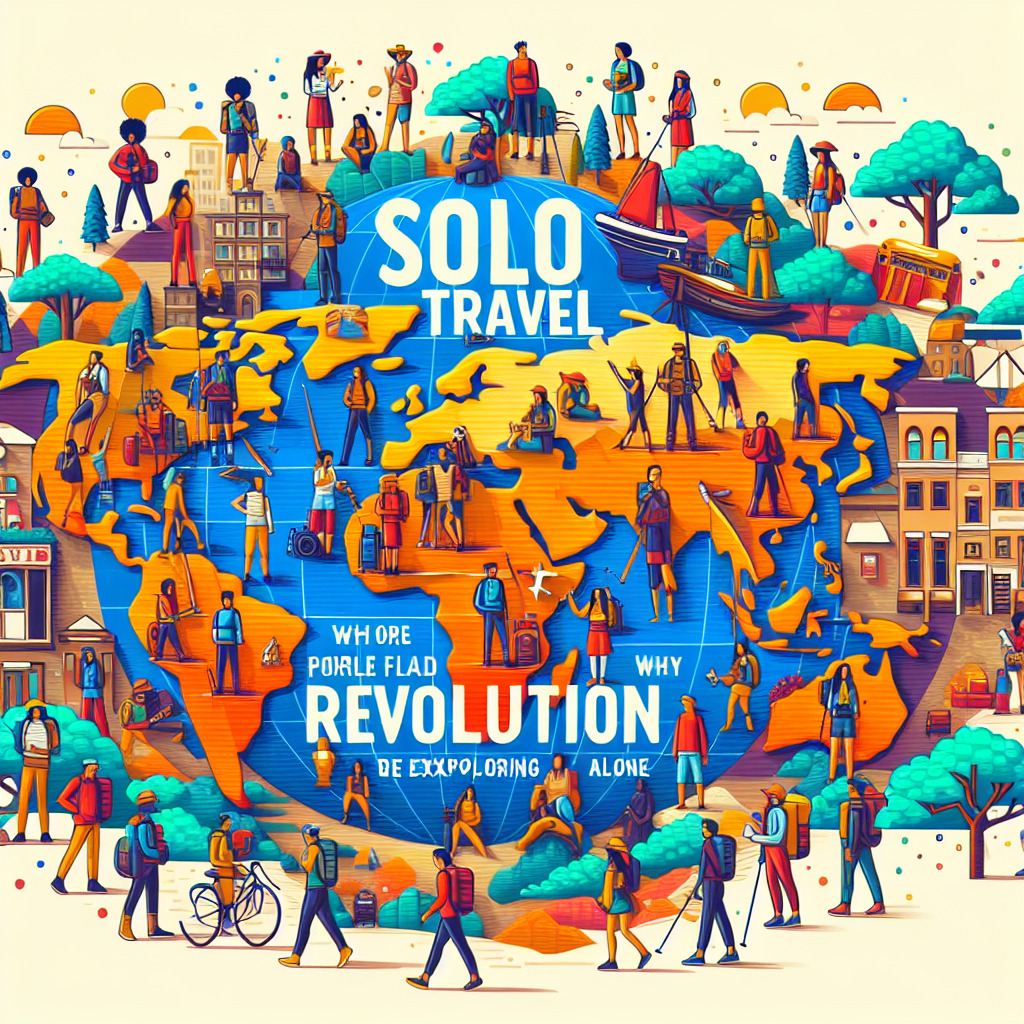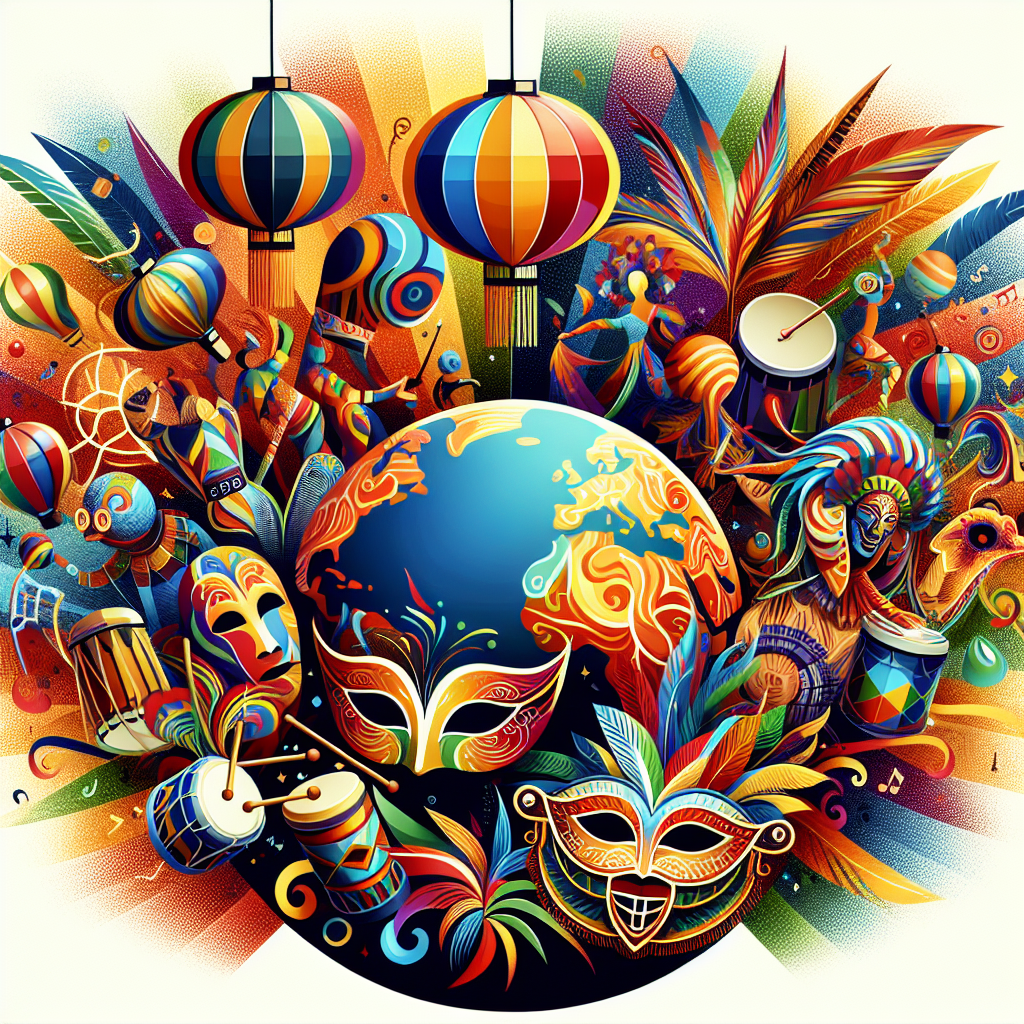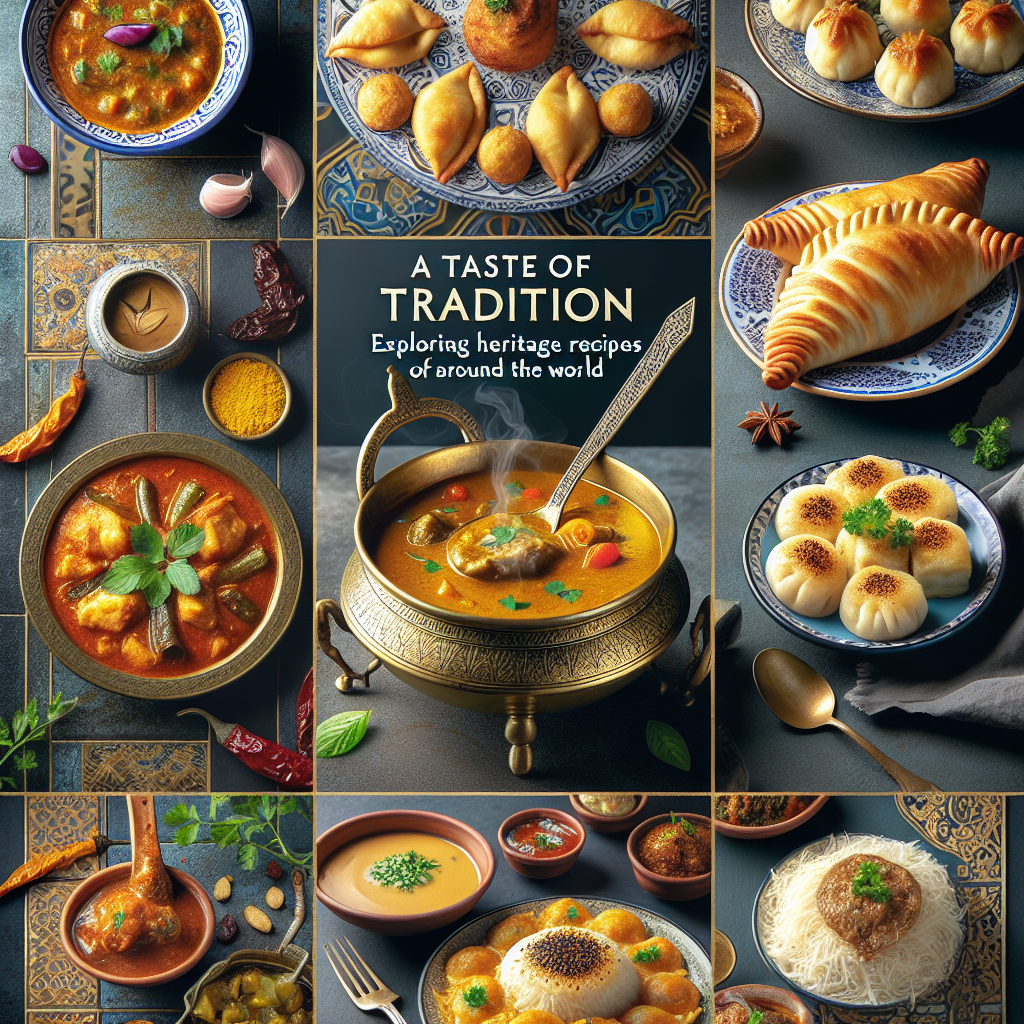From Markets to Museums: Exploring the Cultural Riches of Major Cities
In an ever-globalizing world, major cities stand as cultural beacons, offering a breathtaking array of experiences that span generations, ethnicities, and traditions. From bustling markets brimming with aromas and colors to silent museums preserving the elegance of human history, these urban landscapes offer cultural riches that captivate both residents and tourists alike.
The Pulse of Markets: A Tapestry of Daily Life
Markets have been the linchpins of urban life for centuries, acting as hubs where commerce, social interaction, and cultural exchanges intertwine. Take, for instance, London’s Borough Market, a veritable paradise for food lovers. Nestled under the railway viaducts in Southwark, Borough Market is London’s oldest food market, with roots tracing back to the 13th century. The market offers everything from artisanal cheeses and fresh produce to exotic spices and crafted pastries, encapsulating the city’s rich multicultural tapestry.
Similarly, the Grand Bazaar in Istanbul is a sensory overload where thousands of shops cram into a labyrinthine space, selling everything from handwoven carpets to ornamental ceramics. Here, you can hear the symphony of traditional Turkish music and the cacophony of haggling shopkeepers, while the scent of countless spices fills the air. Markets like these are living museums, showcasing the evolving tastes, crafts, and lifestyles of a city’s inhabitants.
Museums: The Custodians of Cultural Heritage
If markets offer a pulsating look at contemporary life, museums serve as the serene keepers of cultural and historical treasures. The Louvre in Paris is perhaps the most iconic example. Home to the Mona Lisa, the Venus de Milo, and countless other masterpieces, the Louvre is not just a museum but a temple to human creativity and intellectual achievement. Walking through its echoing halls, one can trace the arc of art history from ancient civilizations to modernity.
In New York, the Metropolitan Museum of Art stands as a monumental repository of global heritage. Housing over 2 million works of art, the Met spans 5,000 years of history. Whether you’re marveling at ancient Egyptian mummies or modern American paintings, the museum offers an unparalleled journey through time and culture.
Bridging Past and Present
While markets and museums might appear as disparate entities, they actually share a profound connection. Both serve as conduits for cultural preservation and dissemination. Markets keep tradition alive, ensuring that age-old crafts, recipes, and customs are not lost to modernity. Museums, on the other hand, provide context, tracing the lineage of these traditions and highlighting their significance over time.
Consider the Mercado de San Miguel in Madrid—a restored heritage market that now combines the best of both worlds. This historical market is populated by vendors who offer traditional Spanish goods, from Iberian ham to sherry, all while serving as a point of cultural education for visitors interested in Spanish heritage.
Similarly, Seoul’s Dongdaemun Design Plaza, a futuristic architectural marvel, harmonizes the city’s storied past with its cutting-edge present. This public space hosts both traditional market stalls and contemporary art installations, symbolizing a convergence of different eras.
A World of Cultural Wealth
Exploring the cultural wealth of major cities involves a delightful oscillation between the tangible and the intangible, the ancient and the modern, the routine and the extraordinary. The key to truly appreciating these urban landscapes lies in recognizing the stories each artifact, dish, and building tell.
So the next time you find yourself in a new metropolis, don’t just stick to the well-trodden tourist paths—venture into its markets and meander through its museums. In doing so, you’re not just witnessing the highlights of a city’s heritage; you’re becoming a part of its living history.
Conclusion
Major cities are more than just concrete jungles; they are vibrant tapestries woven with threads of marketplaces and museums. Each market stall and museum exhibit offers a piece of a larger narrative that speaks to the human condition. Whether you are wandering through the colorful chaos of a local bazaar or strolling the solemn corridors of an esteemed museum, these experiences collectively enrich our understanding of the world and our place within it. So go forth, explore, and let the cultural riches of these urban wonders broaden your horizons.














Leave feedback about this
You must be logged in to post a comment.